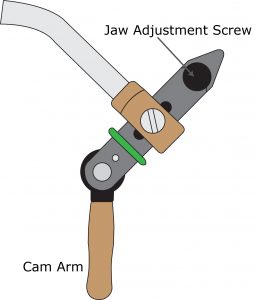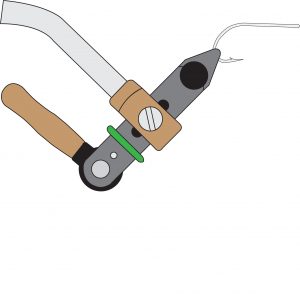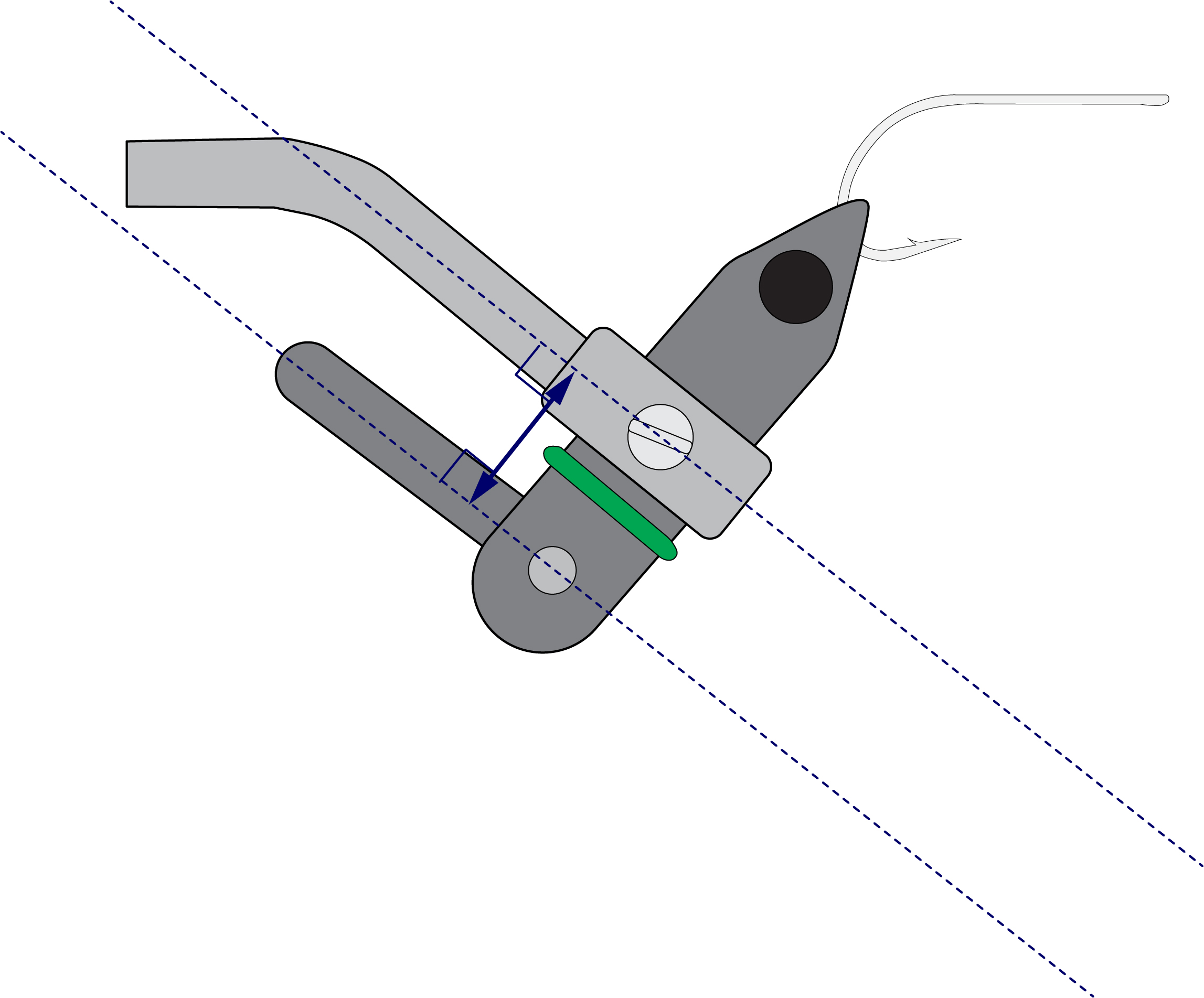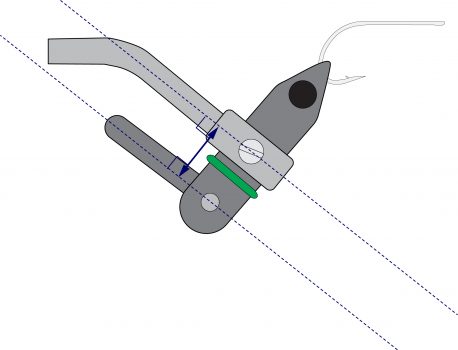When it comes to fly tying vises, it is hard to beat Renzetti products in terms of functionality, quality, reliability, and all-around value.
The Renzetti cam-lever style vises are arguably among the best fly tying vises on the market. These vises are made from choice materials, including stainless steel, aluminum, brass, and Delrin. They hold a wide range of hook sizes, from 28 to 4/0 according to Renzetti. In my experience, the jaws have such a powerful hold that the hook will bend, or your thread will break, well before the hook slips.
I have used Renzetti vises for over 20 years. My ting style is extreme. I spend a lot of time tying on very large hooks, and using heavy-handed techniques, regularly exceeding 5 pounds of tying force. I also do a fair amount of tying lessons and demonstrations. In my experience as a demonstration tyer, I have found that some tyers struggle with getting the most powerful hold out of their Renzetti vise jaws, and this can lead to a misconception that the jaws are not able to hold large hooks firmly enough to keep the hook from slipping under normal use. In most cases, this hook slippage occurs because the jaws of the vise are not properly adjusted to hold the hook in question. Adjusting the jaws on your Renzetti vise is a very simple process, and if you take the time to do it, you will find that your efforts are rewarded by a powerful hook grip.
In this post, we’ll look at a few simple pointers to help you get the strongest hook hold possible out of your Renzetti vise.

The key to getting a solid hook hold is the “jaw adjustment screw.” This screw is located near the tip of the jaw where the hook is held.
When you go to place a hook in your vise jaws, start by making sure the cam lever is fully released. The handle should be pointed down towards your tying bench.
Next, turn the jaw adjustment screw counter clockwise to open up the two surfaces of the jaw at the tip. Use the shank of the hook as a gauge. Place it between the jaws of the vice. Release the jaw adjustment screw until the hook shank passes freely between the jaw head.
Now position the hook in the tip of the jaw at the position you with to hold it.
Turn the jaw adjustment screw clockwise until the two surfaces of the vise jaws just touch the hook. Be careful not to over tighten the jaws using the jaw adjustment screw.

Now raise the cam lever arm upwards towards the vise shaft. Continue raising the cam lever arm until it is perpendicular to the vise shaft.
You should feel a good amount of resistance.
It is only when you have the cam lever arm at a right angle to the vise shaft that the cam is in its intended position for maximum hook-holding power.
Assuming you have the jaw adjustment screw properly attuned to the hook shank, your Renzetti vise will prove to hold hooks from 28 to 4/0 with an ultimate grip.


